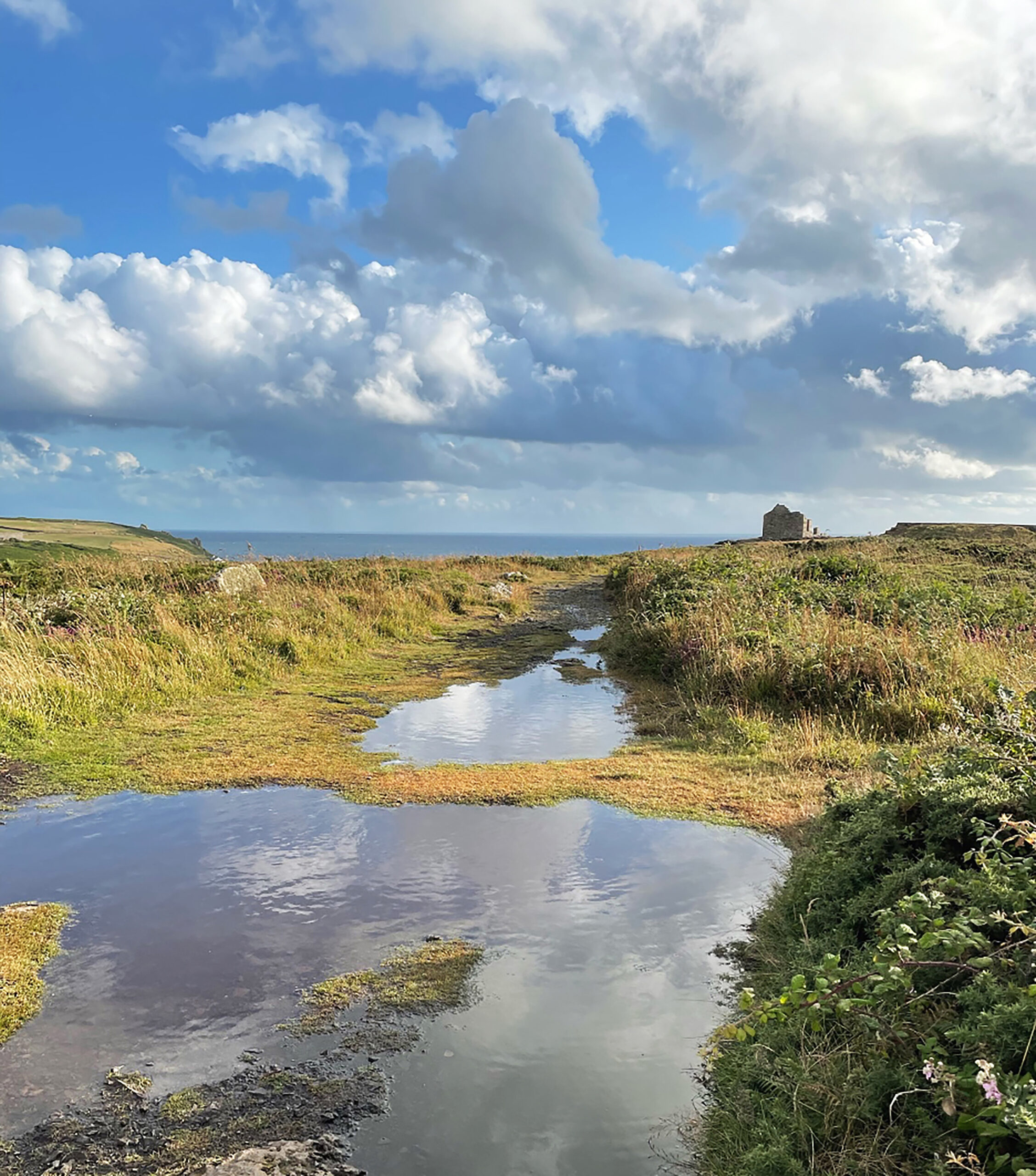
Myths and Legends of Cornwall
By Olivia Mermagen
Sign up for our monthly newsletter!
I first met Sophie when I was 13 years old at boarding school in Brighton, England. She was bold, brash, kind, and a little crazy, so I was instantly entangled in a friendship that more closely resembled a love affair. One of my clearest memories of Sophie from this time is sitting on Brighton Beach in the late evening and watching the sunset over the sea as a cold wind blew and turned our faces bright red. This was the first time that Sophie told me about Cornwall, a magical land that she travels to every year with her family, and that she loves so deeply that her eyes always sparkle as she speaks about it and that I ultimately fell in love with too. Sophie and I first became friends by the sea in Brighton, but our friendship is rooted in the cliffs and beaches of Cornwall. I claim no ownership over the land where we walk, run, and sometimes swim together but it does often have ownership over me and my thoughts. I miss it dearly when I am not there, and it is the driving force behind my conservation work.
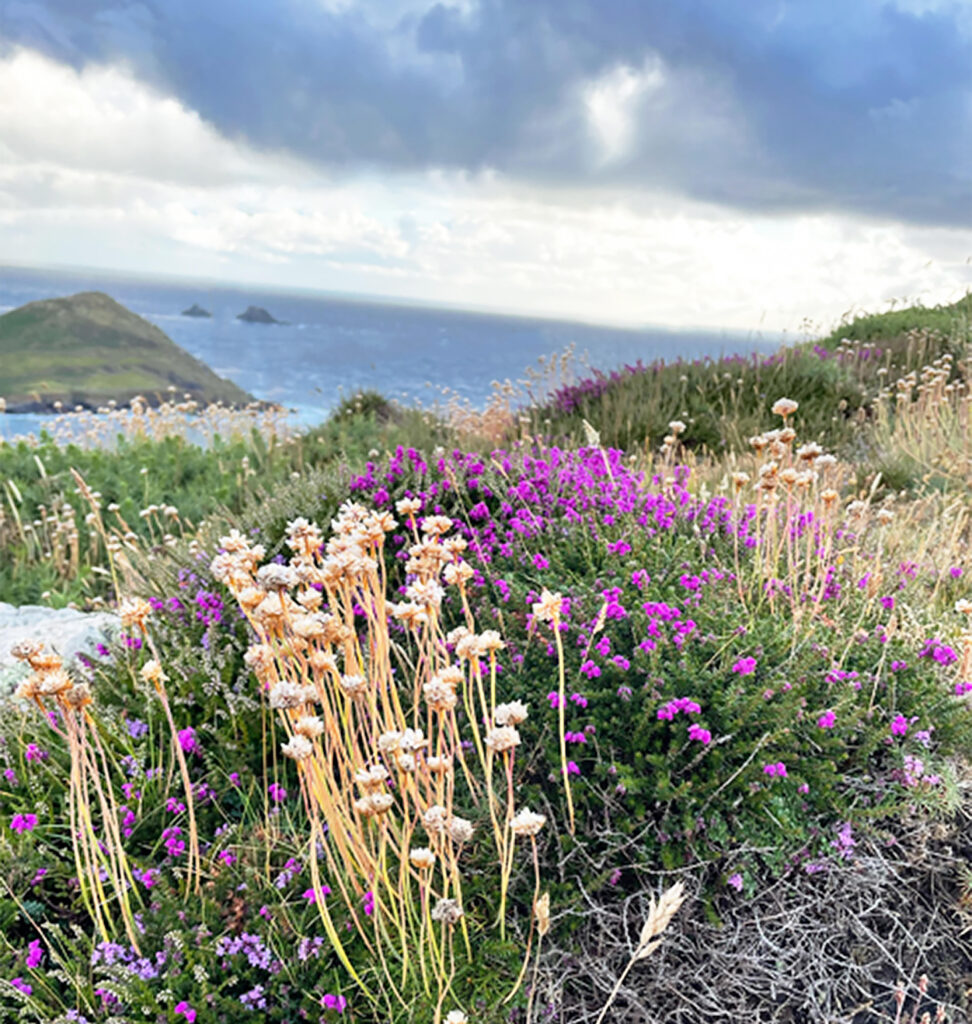
Cornwall is at the southwest tip of England, a peninsula surrounded by jagged cliffs and sandy beaches. Over the last couple of years, the area that we visit has become a protected nature conservation area of around 3,000 hectares, stretching from St Ives to St Just, and has been designated as a Site of Special Scientific Interest. This is not only due to the unique mosaic of biodiversity and rare species found here, such as Cornish moneywort, pale dog violet, and coral
necklace but also the years of stewardship of the Cornish people who have tirelessly protected and shaped this land. Cornish natives feel passionately about the rich diversity of flowering plants, lichens, insects, and birds with whom they share their home. Their passion derives from the rich and fascinating history of Cornwall that dates to the Paleolithic Period and has been passed down from generation to generation. Cornwall attracts large numbers of tourists, particularly in the summer months, challenging the delicate ecosystem that is so unique to this area. So, I hope that by sharing some sacred Cornish history, and telling these native stories, that have created such a passionate force of conservationists, we may all be inspired to learn about the places we care about most dearly so that we can effectively protect them.
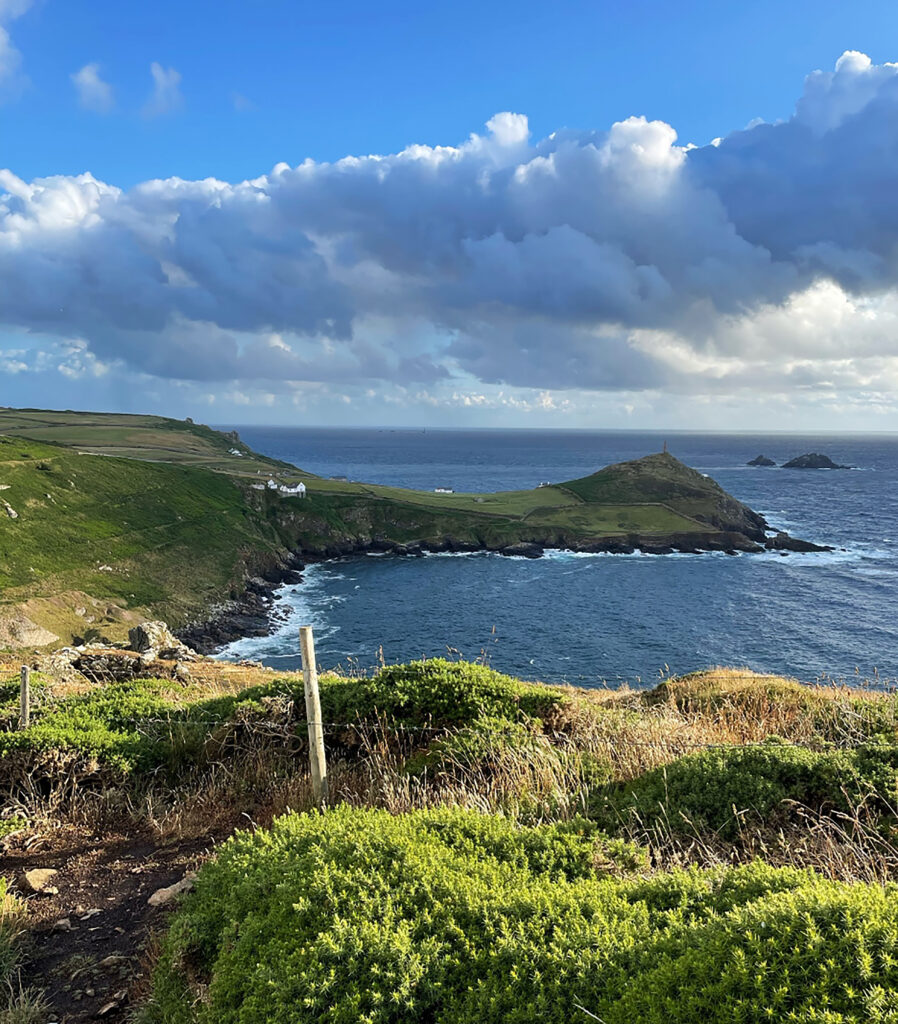
Giants once roamed this beautiful land, and their existence makes up a significant part of Cornish folklore. Off the coast of Penzance, there lies a small tidal island called St. Michael’s Mount, which legend states was once home to a giant. During the 6th century, an 18-foot man named Cormoran lived in a cave on the island with his treasures that were stolen from local towns and villages. It is said that his wife used to help the giant carry stones of granite that make up the island in her apron. One day when he was asleep, she decided to carry greenstone instead because it was lighter. When he awoke and caught her with the greenstone, he broke the strings off her apron, and all the greenstone tumbled out into the sea, forming a causeway between the island and the Cornish coast, which so many visitors walk every year. Cormoran was eventually slain by a young man named Jack and is remembered in British folklore history as “Jack the Giant Killer”, a figure that I can remember reading about as a child. Whether you believe these stories or not, they are not only a part of British culture. but a part of the land itself. The story ofthe giants solves the mystery of this island that lies alone, isolated off the coast of Cornwall. Giants also may have created the towering cliffs that are such a prominent feature of the landscape, as well as the large areas of mystical forests that have been untouched by humans.
When we walk in the Cornish moorlands, Sophie reminds me of the pixies that are believed to live there. When you hear the word pixies, you probably think of little pointed ears and little pointed hats, but I always imagine invisible entities who hide among the flora and
fauna to protect the moorlands. These mythical creatures are only found in Devon and Cornwall and are known to be mischievous and childlike. They are often blamed for leading travelers astray, but the pixies lead them toward areas of extreme natural beauty and wonder. They help us discover all the joys of this unique place by forcing us off the trodden path and into our own adventure; one that teaches us about the value of each plant, flower, tree, grass, and bush. They are a part of the land as much as any of these natural treasures, and although they are unique to Cornwall, I like to imagine them wherever I go, to help me be curious and kind to whatever I may discover.
No matter what time of year it is, whenever Sophie and I are in Cornwall, we will always go sea swimming. The water is so cold it bites at our bodies and waves twice our height crash on top of us but nonetheless it is completely transformative. We always joke with one another that it is “spiritually cleansing” but in a lot of ways it is. The water is also filled with myth and legend, where we swim is home to the Mermaid of Zennor, a folk tale that was first recorded by William Bottrell in 1873. The Mermaid of Zennor had a beautiful singing voice that lured a young Cornish man into the sea and the story has since been retold in many modern adaptations. A bench that was carved in the fifteenth-century to honor the mermaid is now a popular attraction in Cornish tourist guides and teaches people who aren’t from Cornwall about its history.
Every summer Sophie and I return to Cornwall for a week or so. It has become a ritual of sorts, an opportunity for us to be amongst nature, reset, rewind, and reconnect, and an opportunity that neither one of our respective cities can grant us. Whenever we are there, we are constantly reminded of the mythical and historical tales connected to the land. We hike to Zennor along the coastal path and are reminded of the mermaid of Zennor, who enchanted a whole
parish with her wonderful singing voice. We clamber through moorlands and let ourselves be led by pixies, getting lost and making new discoveries on the way. We sit on the cliffs, drink tea
from flasks, and look out over rock formations, formed by toppled giants. All these myths still inform our interactions with the natural world and are the foundations of the respect we have for this place.
At breakfast, Sophie will lead us in giving thanks to the land, a reminder of how lucky we are to be well-fed by the edible garden of bushes, trees, and plants that grow around us. We go for long walks along the coast or through the woodlands, taking our time as we go, making sure to savor every moment. Often the path will suddenly end, and we will be forced to wade through tall grasses or dense, wild hedge growth. We take our time, working with the long thorns or nettles that block our path, trying not to trample them even if it does leave us with little cuts and stings all up and down our legs. When we finally make it to the sea, we often sit and listen to the
sounds of the coast for as long as we can. If it’s raining, we don’t mind, the rain makes the smell of the sea even stronger. Everyone should have the opportunity to experience these little, simple things that make Cornwall so special.
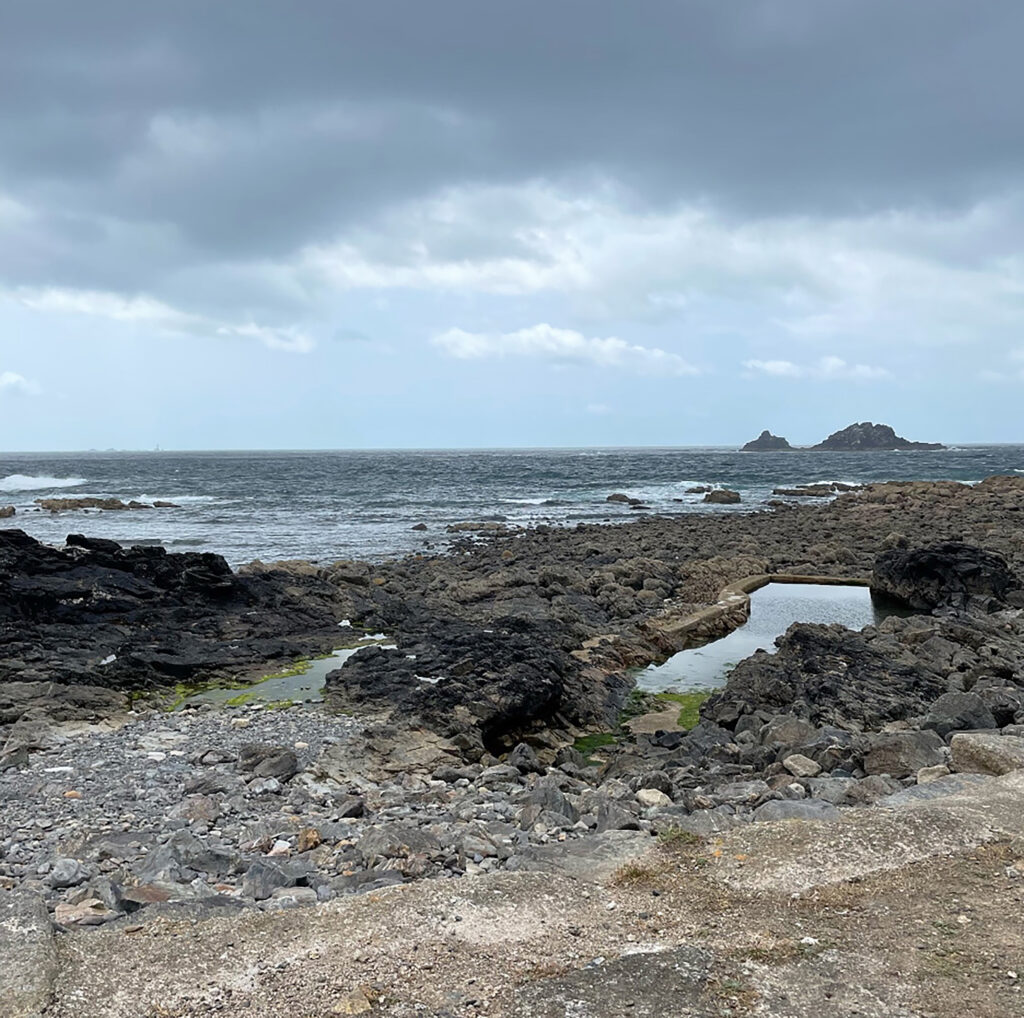
However, as more and more people flock to the beach each summer as temperatures rise, it is putting pressure on areas of outstanding natural beauty. More tourists bring more litter, damage to footpaths, and clearing for new housing projects. On our adventures, we will always pick up rubbish that we find on the trails. Even small, simple actions can make a difference, whether that be sticking to designated footpaths to prevent trampling, picking up litter, donating
to local conservation projects, and respecting the local farmland; all these things can make a difference in preventing ecological decline.
Find somewhere that fills you with wonder and awe, somewhere where each flower or leaf holds its own story. Take your time to learn about all the myths and legends of the land and then pass them on to someone else. One of our most powerful tools for change is storytelling, so let’s use it to protect rich and diverse ecosystems, not just in Cornwall, but across the globe.
Olivia Mermagen is currently working towards her BFA at New York University. She is a passionate conservationist and sea swimmer from England.
Plantings
Issue 30 – December 2023
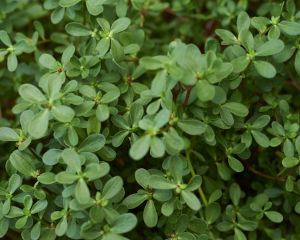
Viriditas: Musings on Magical Plants: Portulaca oleracea
By Margaux Crump
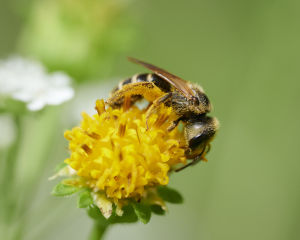
Proboscis, Pollen, and the Rapture of Interspecies Intimacy
By Jake Eshelman

The Greening of Milan: Porta Nuova and Vertical Forest
By Gayil Nalls

Overshooting Earth’s Boundaries: An Interview with Bill Rees
By Rachel Donald
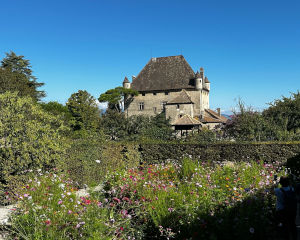
The Garden of the Five Senses
By Gayil Nalls
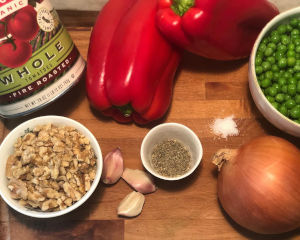
Eat More Plants Recipes:
Le Botaniste’s Fennel, Tomato, and Red Pepper Pasta Sauce

As Ireland transitions from the rich, smoky scent of peat-burning to a more sustainable future, its olfactory heritage is evolving. What will become the next iconic aromatic symbol of Ireland?
Click to watch the documentary trailer.


